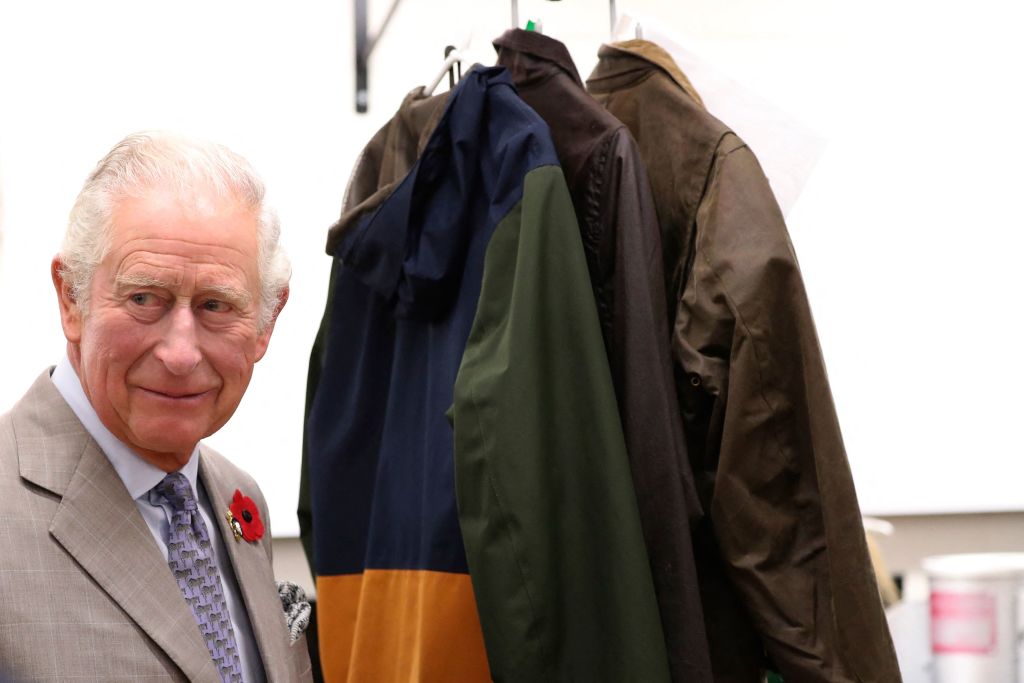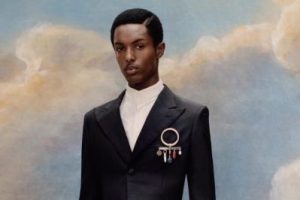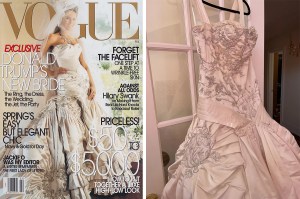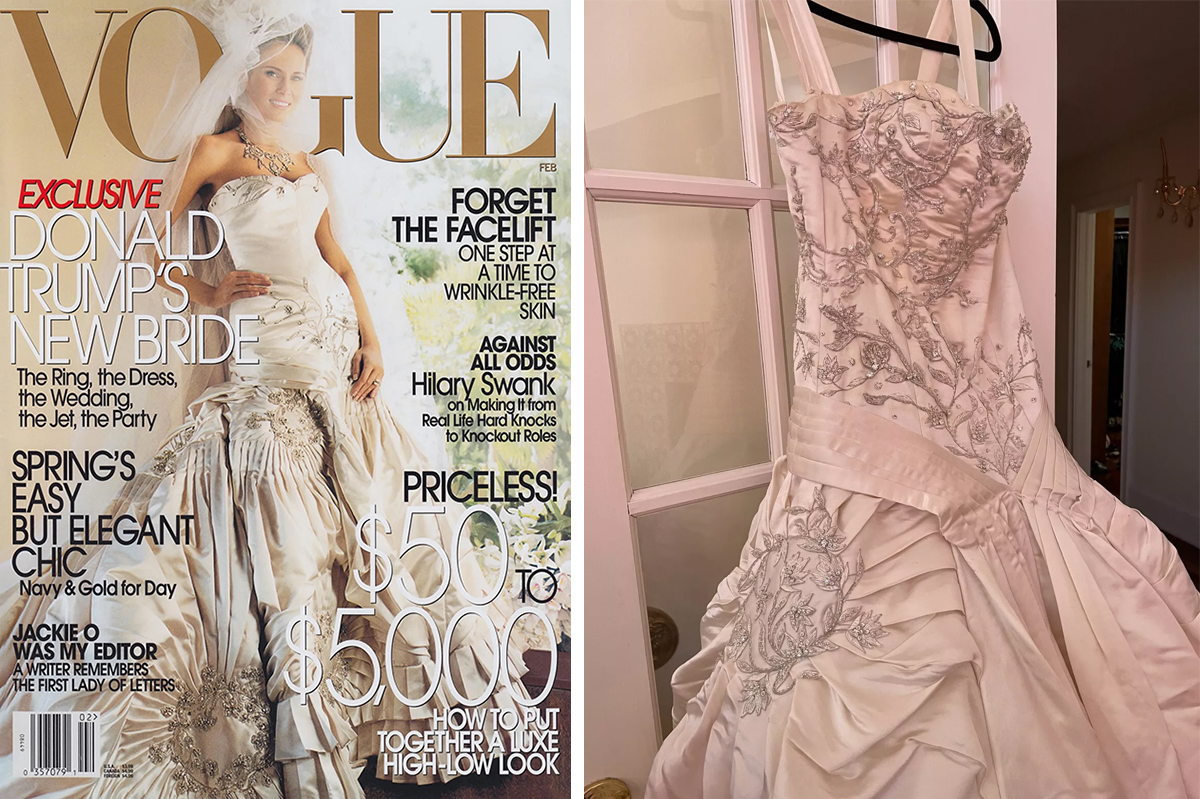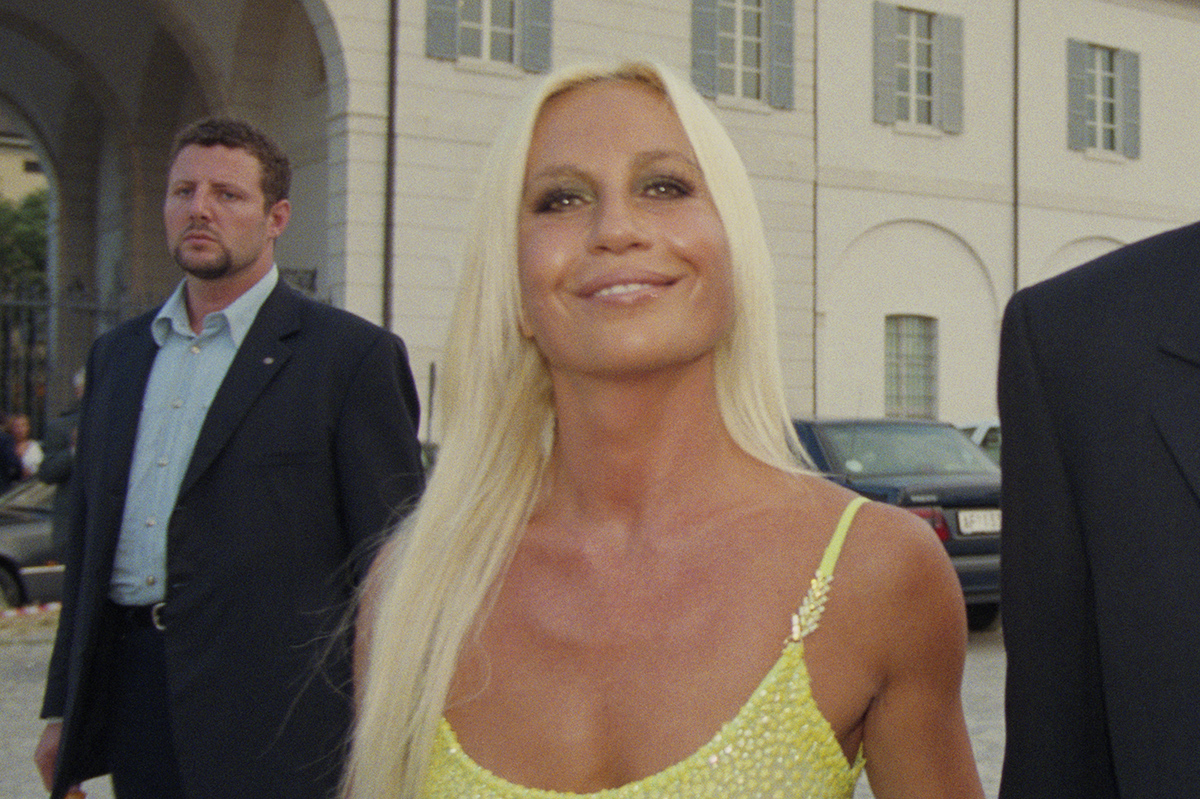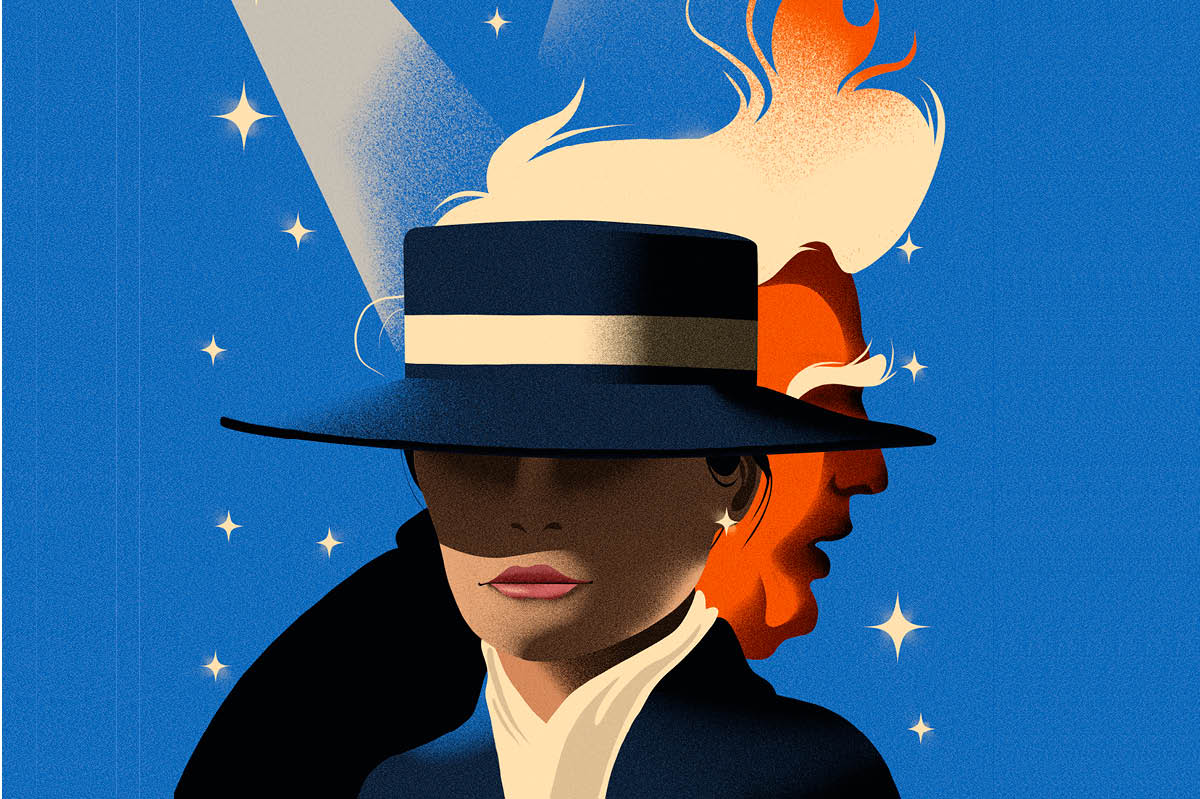I own a motorcycle riding jacket that is unabashedly a fashion piece. It contains armor made of a space-age material that hardens on impact but that is hidden away. The outside is constructed of “pull up leather” which was tanned in such a way that the jet-black color artificially fades in places that see a lot of motion, like the cuffs. With its quilted shoulders and sharp angles, the jacket suggests a history of ownership dating back to the café racers of the ’60s, despite only being five years old. Although it looks cool as hell and helps keep me safe, I always feel a bit sheepish wearing the thing. “Motorcycle rider cosplay” is what I sometimes call its forced authenticity. An old friend had another take: “It’s cool that it has a history, even if that history isn’t yours.”
On the other hand, I never feel sheepish when I wear my Barbour coat. It’s a fall staple that has made its way from the sheep herders and sportsmen of the United Kingdom to the department stores of the United States. It has a history, to be sure, but I am a part of it. Participant more than pretender.
One intriguing thing about Barbour is that the brand links Steve McQueen and Her Majesty, The Queen. It is seen as a fashion item, but unlike my riding jacket, it wears its workhorse practicality on the outside. Both McQueen and The Queen, although they were fashion icons, valued their Barbour pieces for function more than form. In fact, it could be argued that the coats, utilitarian and boxy in appearance, wouldn’t have become fashionable without such famous devotees.
The typical Barbour is a drab olive green, finished with a wax coating called thornproof intended to provide protection to hunters and farmers navigating the briars of the English countryside. This makes the coats waterproof and resistant to tears, but the coating eventually fades and needs to be reapplied. The wax can also give the jackets a characteristic musty odor. On the other hand, a well-worn Barbour develops a beautiful patina over time, the uniformity of its signature green changing to reflect the way it hangs and moves with its wearer. And it makes a damn good raincoat. It also has plenty of pockets. Some hunting-oriented models even have a “game pocket” to the rear, a large enclosure meant to hold a freshly bagged pheasant.
It was protection from the elements that Steven McQueen sought from his Barbour. McQueen is most famous for his acting, but his real passion was automobile and motorcycle racing, which he sometimes did under the name Harvey Mushman to avoid trouble with the studios and insurance agencies that underwrote his films. McQueen was so serious about motorcycling that in 1964 he was instrumental in forming the first American team to compete in the International Six Days Trial, a storied off-road race still contested to this day. In fact, McQueen rode as a member of the team, and did so wearing his Barbour International, a model designed for riders who expect to get muddy. The International has four pockets on the front, one of which sits at a rakish angle so its wearer can quickly access a map while in riding position, bent over the gas tank. Barbour still manufactures the International line, as well as a range of McQueen commemorative goods.
Queen Elizabeth II was another notable Barbour owner. If you close your eyes and picture footage of her on one of her hunting outings, she is probably standing in front of a Land Rover Defender on the grounds of Balmoral and wearing a green jacket. The jacket came from a British brand she helped promote as much as Land Rover. The Queen was so fond of her decades-old Barbour that she refused to exchange it when the company offered to gift her a new one on the occasion of her Diamond Jubilee. The brand is now associated with the royal family, various members of which have given the company royal warrants — personal seals acknowledging its quality and heritage — and are regularly photographed wearing Barbour.
Mine is a Sapper model, the name and shape of which suggest military use. I first saw it at Macy’s, and knew of the brand primarily through its association with McQueen. Its four pockets reminded me of the riding jackets, but lacked the tilt which would make them less practical for daily use. My wife, seeing how much I loved the coat, bought it for me for Christmas.
What neither of us knew was that wearing a Barbour is a commitment. They don’t tell you about the eventual smell at Macy’s. Nor do they say much about rewaxing. If you don’t wax your Barbour periodically, it loses the waterproof quality that makes it so good in the rain. Worse, the fabric can become “dry” and tear more easily. The company offers rewaxing and repair services, but perhaps as penance for my motorcycle jacket, I wanted to try my hand.
The company’s instructional video makes it look easy, even romantic. A man lights a fire in his country shed and waxes his jacket on a weathered oaken table. In reality, the wax hardens almost the second its tin leaves boiling water, making it nearly impossible for the jacket to absorb the thickening white substance. Barbour’s professionals avoid this by filling crockpots with wax to maintain constant temperature and working on heated tables.
My American compromise was to run a blow dryer over the wax after I sponged it on. You can actually see the stuff sink into the fabric. The process was messy and took several hours, but it saved me the $70 I would have paid to Barbour. More than that, it placed marks upon the jacket that are more than just suggestive of my history with it.



